Birds have fascinated humans for centuries with their beautiful plumage, melodious songs, and intriguing behaviors. One particularly curious behavior that many bird owners and nature enthusiasts observe is birds seemingly fixated on their own reflections. Whether it’s a wild bird repeatedly pecking at a window or a pet canary singing to the mirror in its cage, this behavior raises questions about avian cognition, territorial instincts, and the way birds perceive the world around them. Understanding why birds are captivated by their reflections provides insight into their complex minds and natural behaviors, while also helping us create safer environments for our feathered friends.
The Mirror Test: Do Birds Recognize Themselves?
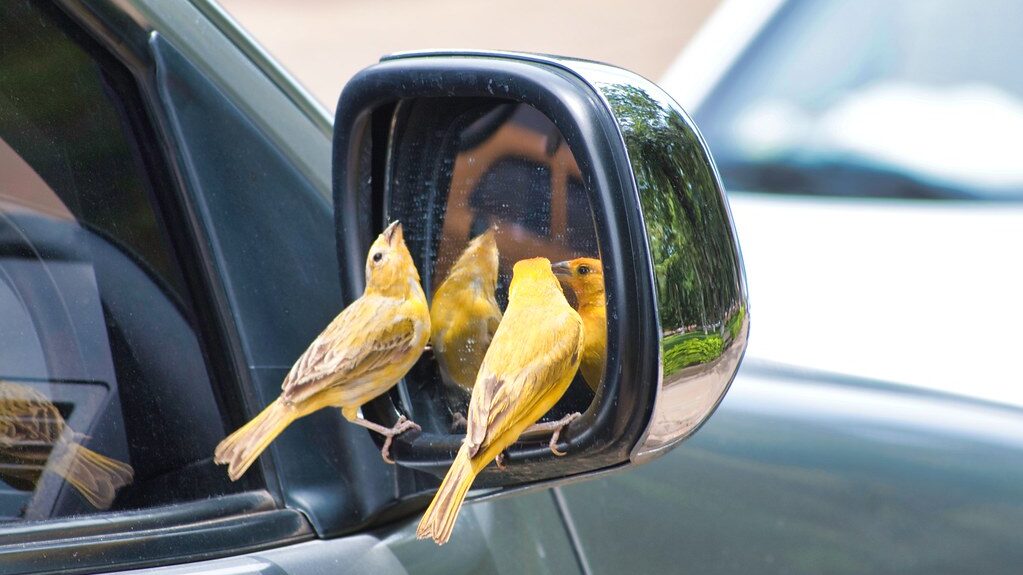
The mirror test is a classic experiment designed to determine whether animals possess self-awareness by recognizing their own reflection. Most bird species fail this test, meaning they don’t understand that the bird in the reflection is actually themselves. Instead, they perceive the reflection as another bird entirely – either a potential mate, rival, or intruder. This fundamental misunderstanding is the root cause of most reflection-related behaviors in birds. Scientists have conducted numerous studies showing that while some highly intelligent birds like magpies may pass versions of the mirror test, the vast majority of species react to their reflection as if it were another bird, triggering instinctual social responses rather than self-recognition.
Territorial Defense: The Window Battle
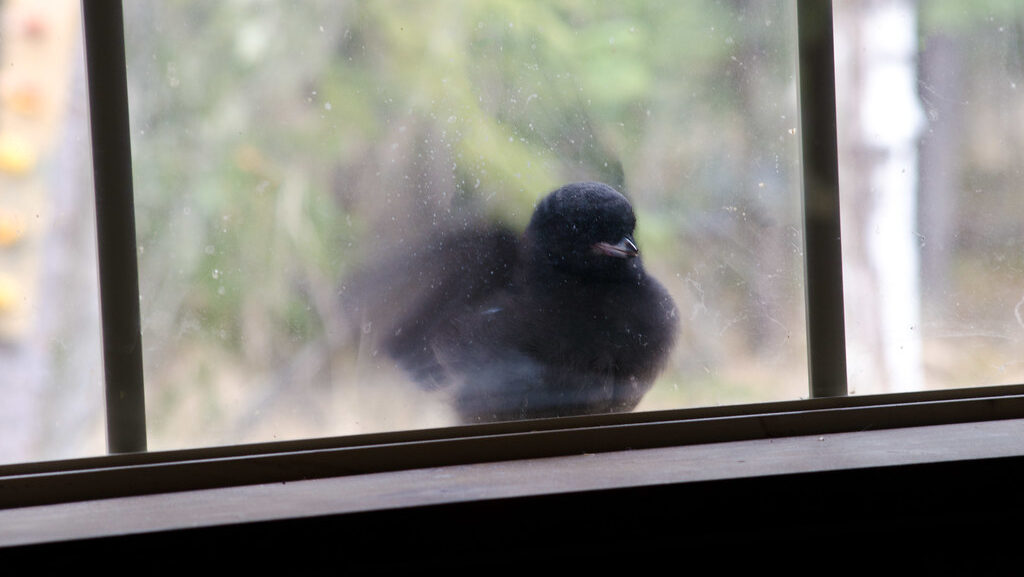
Many birds, particularly during breeding season, will aggressively attack windows or other reflective surfaces in what appears to be territorial defense. Male birds are especially prone to this behavior as they attempt to protect their established territory from what they perceive as an intruding rival. The bird sees its reflection and interprets it as another bird that refuses to back down or flee, triggering an escalating confrontation. This territorial response can continue for hours or even days, with the bird repeatedly charging, pecking, or fluttering against the reflective surface. Cardinals, robins, and bluebirds are notorious for engaging in these prolonged reflection battles, sometimes to the point of exhaustion or injury.
Courtship Behavior: Finding a Mate in the Mirror
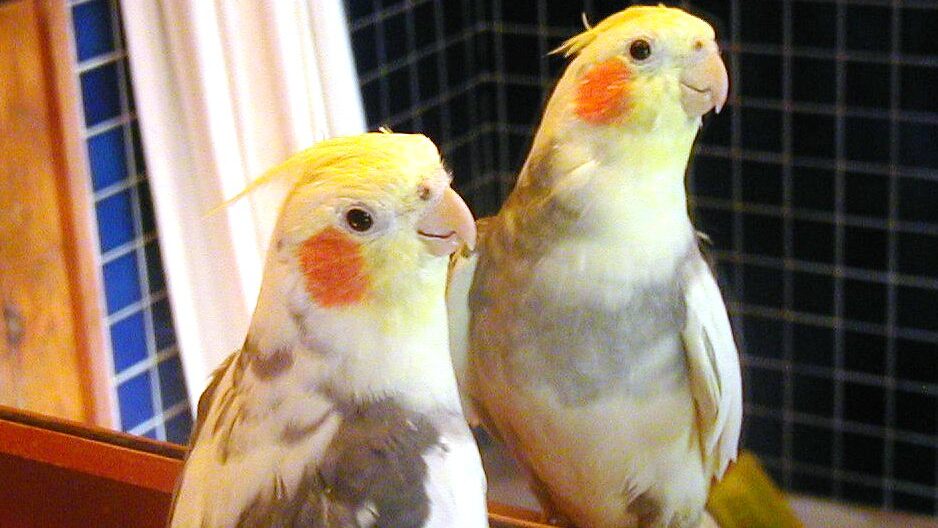
Not all reflection interactions are aggressive – some birds display courtship behaviors toward their own image, especially during breeding season. Birds may sing, dance, display their plumage, or offer “gifts” to their reflection in an attempt to woo this perceived potential mate. This phenomenon is particularly common in solitary pet birds that lack companionship of their own species. A cockatiel or budgerigar might spend hours preening, singing, or regurgitating food (a typical courtship offering) in front of a mirror. The bird becomes frustrated when the “mate” in the mirror never responds appropriately to these advances, which can lead to stress or behavioral problems in captive birds.
Seasonal Triggers: Why Spring Intensifies the Behavior
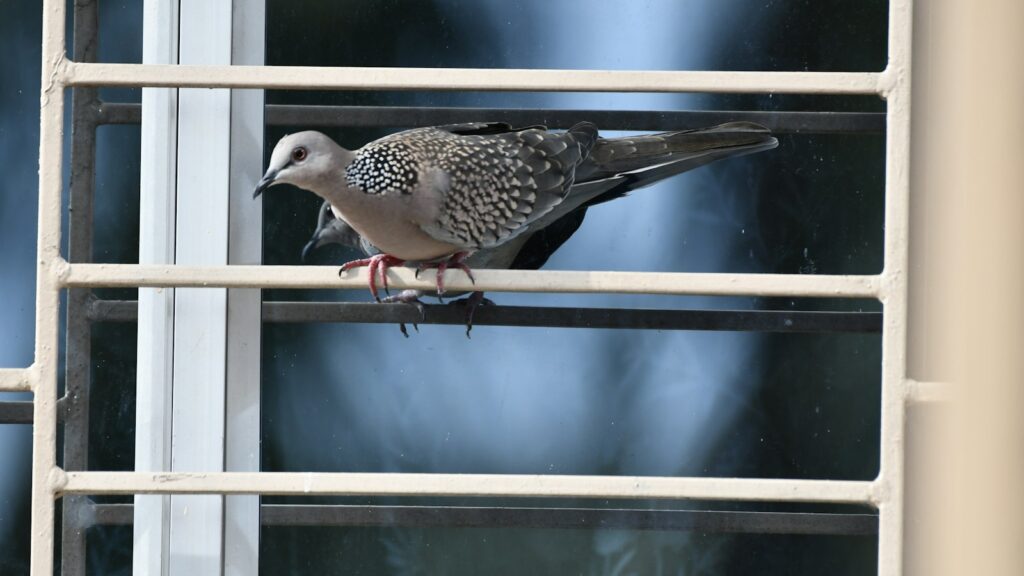
Bird encounters with reflections dramatically increase during spring and early summer, corresponding with the breeding season for most species. During this period, hormonal changes drive birds to establish and defend territories, find mates, and prepare for nesting. These hormonal shifts make birds more reactive to perceived competitors and potential mates, intensifying their responses to reflections. Testosterone levels in male birds peak during this time, making them particularly aggressive toward perceived rivals. Homeowners often notice a sudden increase in birds attacking windows in April and May, directly correlating with these seasonal biological imperatives that trigger territorial and reproductive behaviors.
Health Concerns: Physical Risks of Reflection Obsession

Birds’ preoccupation with reflections can pose serious health risks to the animals. Repeated collisions with windows or mirrors can cause physical injuries ranging from minor bruising to severe head trauma, broken beaks, or even death. Birds may exhaust themselves fighting an “opponent” that never tires or retreats, leading to dangerous levels of fatigue and stress. Some birds become so fixated on their reflection that they neglect essential activities like feeding, drinking, or caring for their young. In severe cases, wild birds have been known to spend days attacking reflections while abandoning their nests or fledglings, putting their reproductive success at risk.
Psychological Impact: Stress and Behavioral Changes
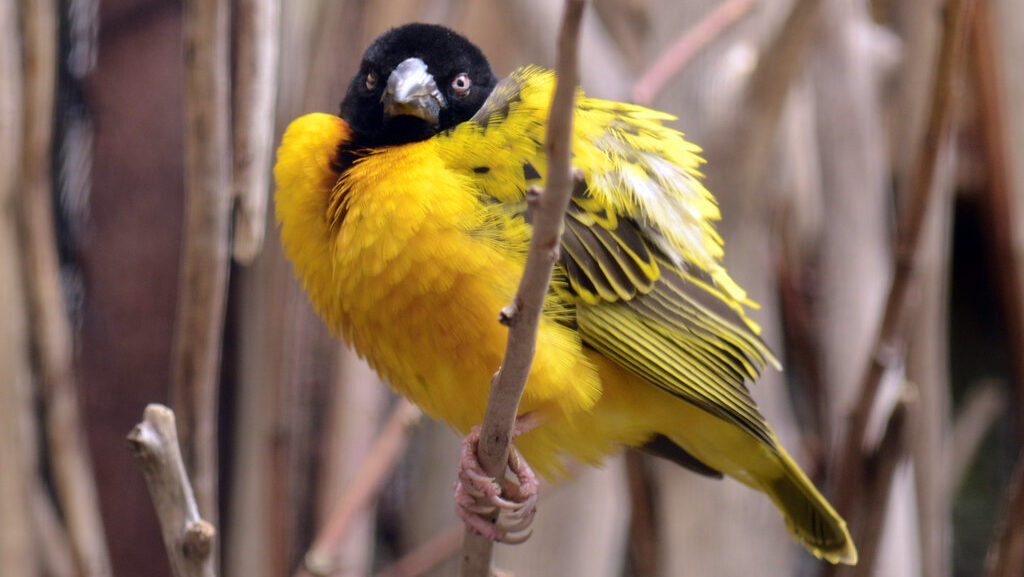
Beyond physical harm, prolonged interaction with reflections can cause psychological distress in birds. The constant frustration of engaging with an unresponsive “bird” that neither submits to territorial displays nor reciprocates courtship can lead to chronic stress and anxiety. In captive birds, this stress may manifest as feather plucking, excessive vocalization, aggression toward owners, or other problematic behaviors. Wild birds may become so obsessed with fighting their reflection that they develop altered daily routines, affecting their survival strategies. The psychological toll can be particularly severe for social species that are attempting to communicate with or establish relationships with their reflection, only to face continual “rejection” or “challenge.”
Species Variation: Which Birds Are Most Susceptible
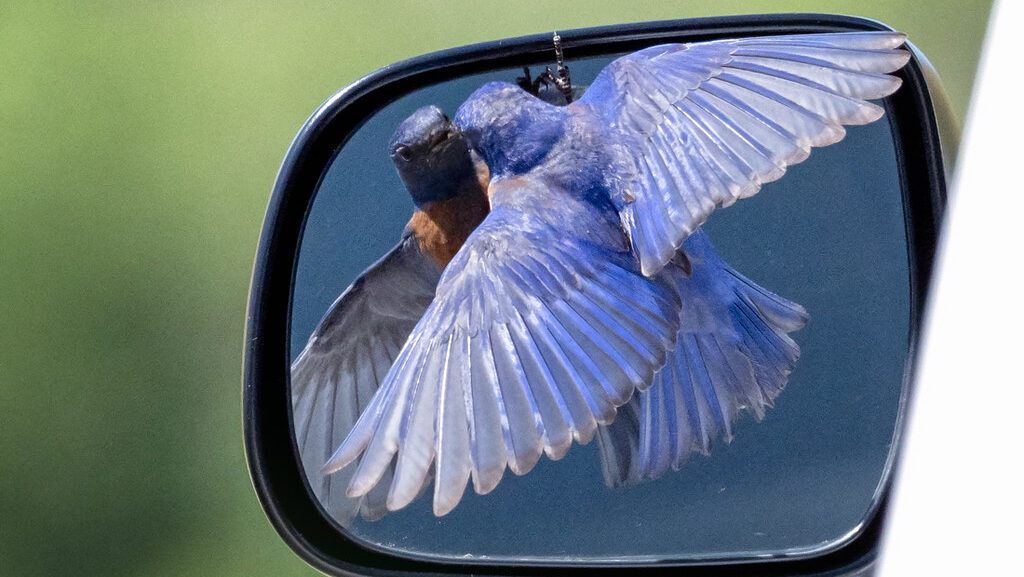
Not all bird species are equally prone to reflection fixation, with certain types demonstrating greater susceptibility to this behavior. Northern Cardinals, American Robins, Bluebirds, and mockingbirds are among the wild species most commonly observed battling their reflections. These species tend to be territorial, solitary nesters with strong defensive instincts, making them quick to challenge perceived intruders. Among pet birds, highly social species like cockatiels, budgerigars, and African Grey parrots frequently engage with mirrors, often displaying social behaviors toward their reflections. Corvids (crows and ravens) present an interesting case as some of the most intelligent birds; they may initially react to reflections but typically learn to ignore them faster than other species, suggesting a more sophisticated understanding of the mirror phenomenon.
Environmental Factors: When Reflections Become Problems
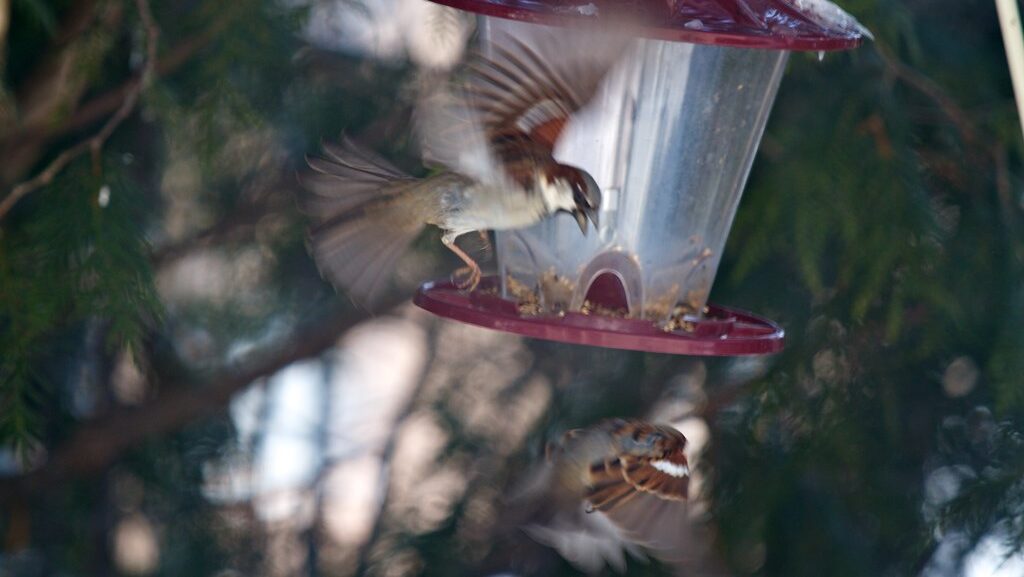
Certain environmental conditions increase the likelihood of birds becoming fixated on reflections. Highly reflective, large windows positioned near bird feeders or nesting sites create perfect conditions for reflection confrontations. Dark interiors behind glass increase the mirror-like quality of windows, making reflections more vivid during daylight hours. Vehicles parked under trees may attract birds to their side mirrors and windshields, especially if the area is part of an established territory. Modern architecture featuring extensive glass facades has significantly increased reflection-related bird issues in urban and suburban environments. Even small reflective objects like garden ornaments, polished metal surfaces, or decorative balls can trigger reflection responses in particularly territorial species.
Solutions for Wild Birds: Reducing Window Attacks
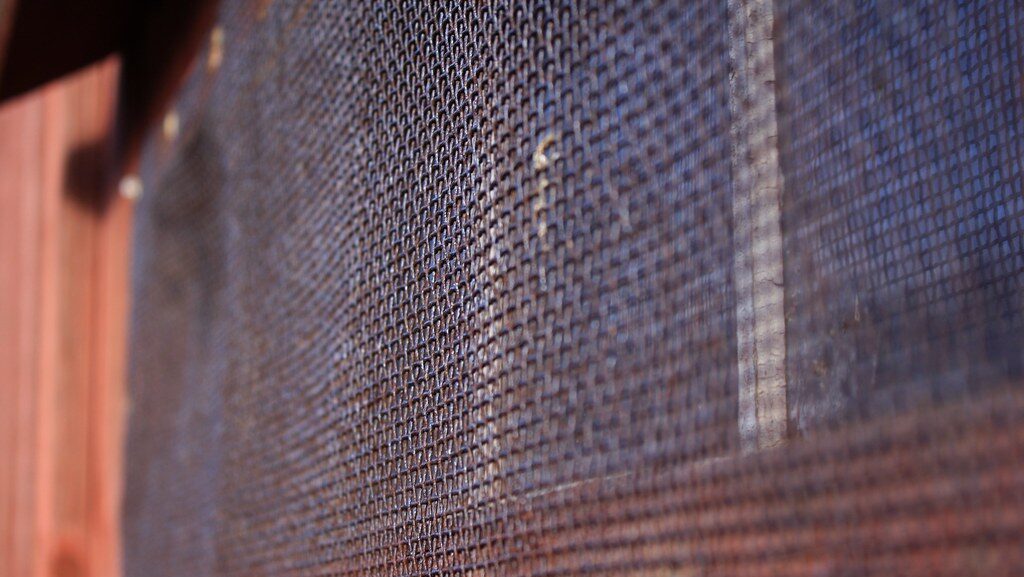
Several effective strategies can help reduce or eliminate wild birds’ attacks on windows and other reflective surfaces. Applying external window screens, netting, or specialized decals breaks up the reflection while also preventing potential collision injuries. Soap streaks, window paint, or even strategically placed strips of tape on the outside of the glass disrupt the reflective surface temporarily during peak seasonal aggression periods. Physical barriers like awnings, shutters, or outdoor blinds can eliminate reflections by changing the angle of light hitting the glass. Relocating bird feeders and baths either much closer to windows (within three feet) or much farther away (more than thirty feet) can reduce territorial defense behaviors, as birds are less likely to establish territory boundaries right next to windows when feeders are positioned appropriately.
Pet Bird Management: Mirrors in Cages
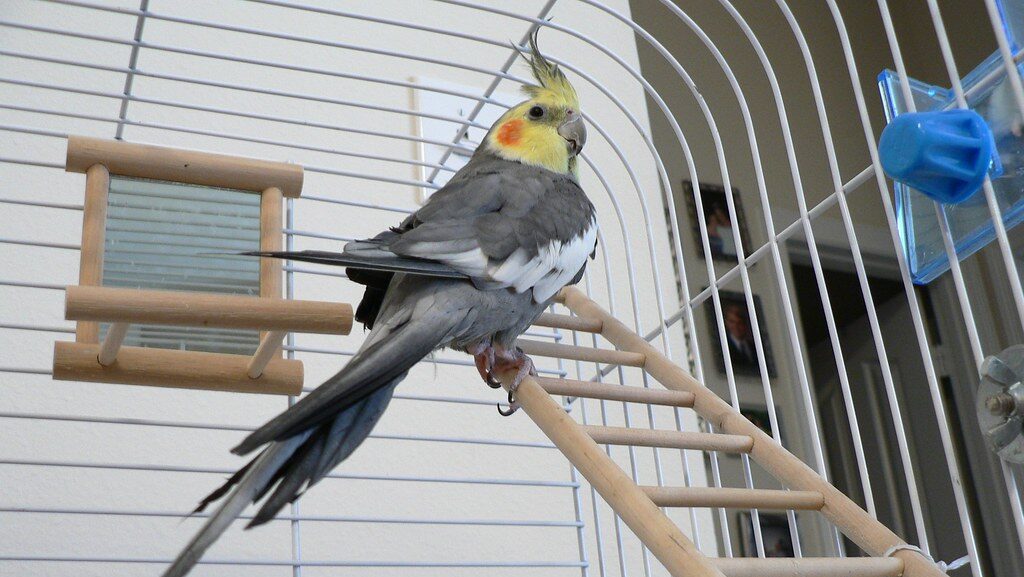
For pet birds, mirrors require thoughtful consideration as environmental enrichment. While mirrors can provide stimulation and companionship for solitary birds, they should be used judiciously and monitored for negative effects. Offering mirrors temporarily rather than permanently can reduce obsessive behaviors while still providing enrichment. Alternative forms of enrichment like puzzle toys, foraging opportunities, and interactive play with human companions generally provide healthier stimulation than mirrors. For birds showing signs of mirror obsession, removing the mirror gradually rather than suddenly helps prevent stress from the perceived “disappearance” of their companion. Some bird specialists recommend avoiding mirrors entirely for species prone to hormonal behaviors, as mirrors can trigger and intensify breeding behaviors in captive birds.
Scientific Understanding: Avian Cognition and Perception
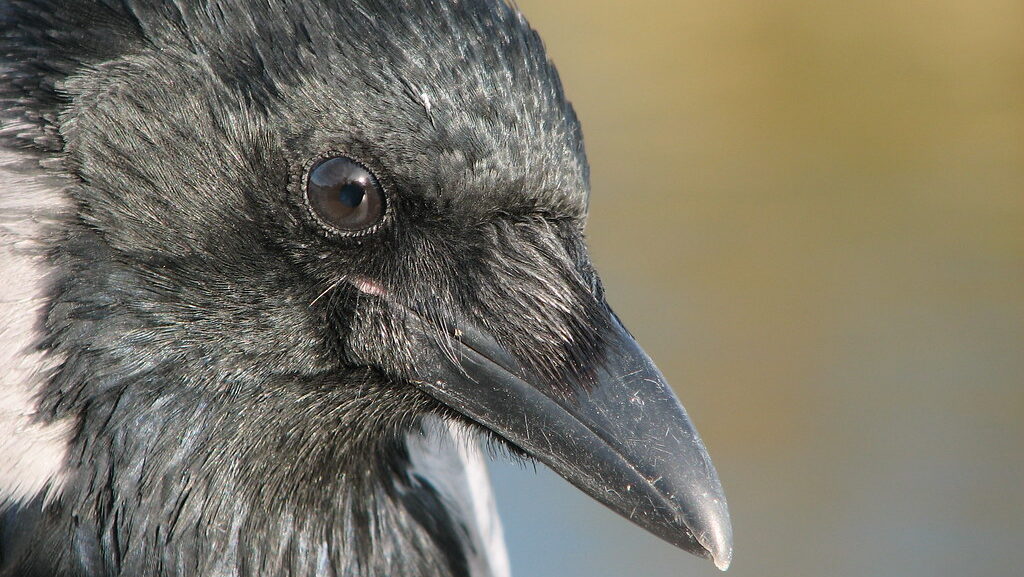
Research into avian cognition has revealed fascinating insights about how birds perceive and interpret reflections. Birds process visual information differently than humans, with specialized receptors that can detect ultraviolet light and motion patterns invisible to the human eye. Despite these advanced visual capabilities, most birds lack the neural framework for self-recognition that would allow them to understand reflections. Studies of brain activity show that birds viewing reflections activate the same neural pathways used for social interaction with other birds, confirming they genuinely perceive the reflection as another individual. The few bird species that may recognize themselves in mirrors, like magpies and some corvids, demonstrate exceptional cognitive abilities comparable to those of great apes, suggesting self-recognition requires sophisticated neural processing rarely found in the avian world.
Cultural and Historical Perspectives: Birds and Reflections
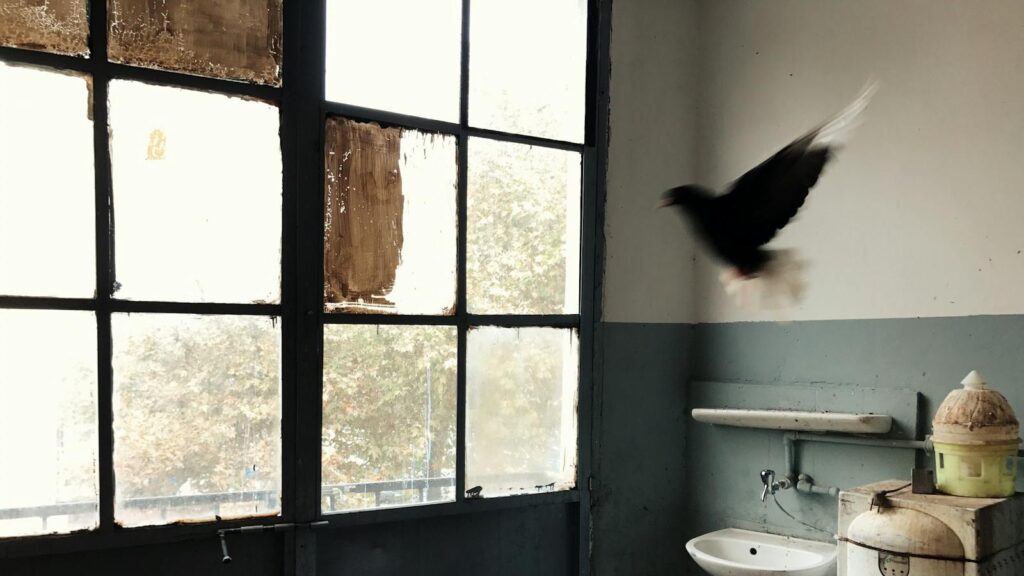
Humans have observed and documented birds’ fascination with reflections throughout history, incorporating these observations into folklore and cultural practices. Ancient Romans used polished metal mirrors to attract and trap birds for divination practices, exploiting this behavior for religious purposes. In various cultures, superstitions emerged regarding birds attacking windows, with some traditions interpreting this as an omen of death or impending disaster for the household. Victorian-era birdkeepers commonly placed mirrors in cages to “keep birds company,” a practice that continues today despite modern understanding of its potential drawbacks. Historical scientific literature from the 18th and 19th centuries contains detailed observations of wild birds’ interactions with reflective surfaces, demonstrating how long humans have been intrigued by this mysterious avian behavior.
Conservation Implications: Urban Architecture and Bird Safety
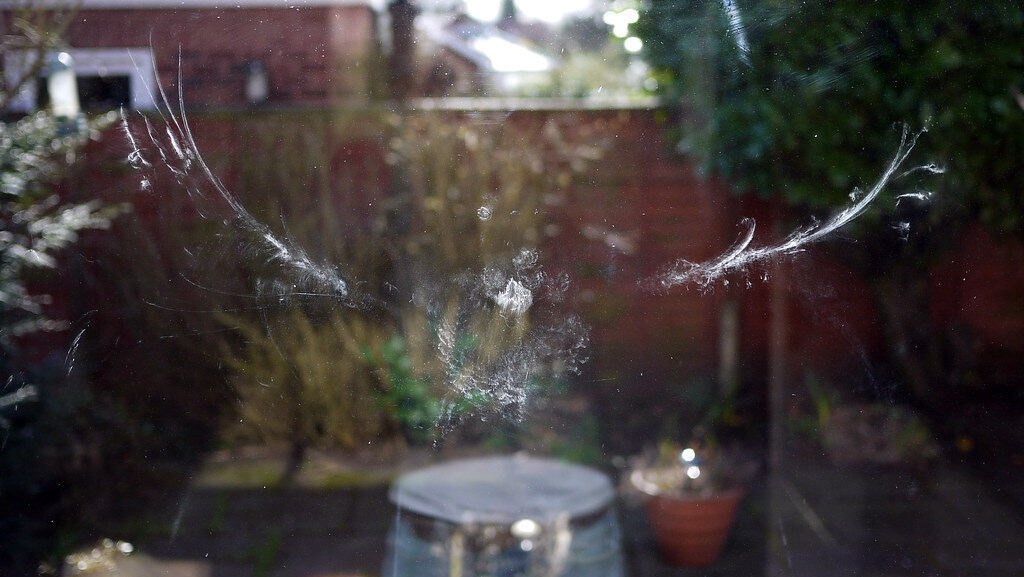
The proliferation of reflective glass in modern architecture has created significant conservation challenges for bird populations. Millions of birds die annually from collisions with reflective buildings, with reflection confusion contributing substantially to these fatalities. Conservation organizations now advocate for bird-friendly building designs that incorporate fritted glass, exterior screens, or visual patterns that make glass visible to birds. Several major cities have implemented bird-friendly building codes requiring new construction to use methods that reduce reflection-related collisions. Research continues into innovative solutions like glass that reflects ultraviolet wavelengths visible to birds but not to humans, potentially allowing for transparent-appearing buildings that birds can perceive and avoid. These conservation efforts highlight how understanding birds’ perception of reflections can contribute to better coexistence between human architecture and avian populations in shared environments.
Conclusion: The Bird in the Mirror
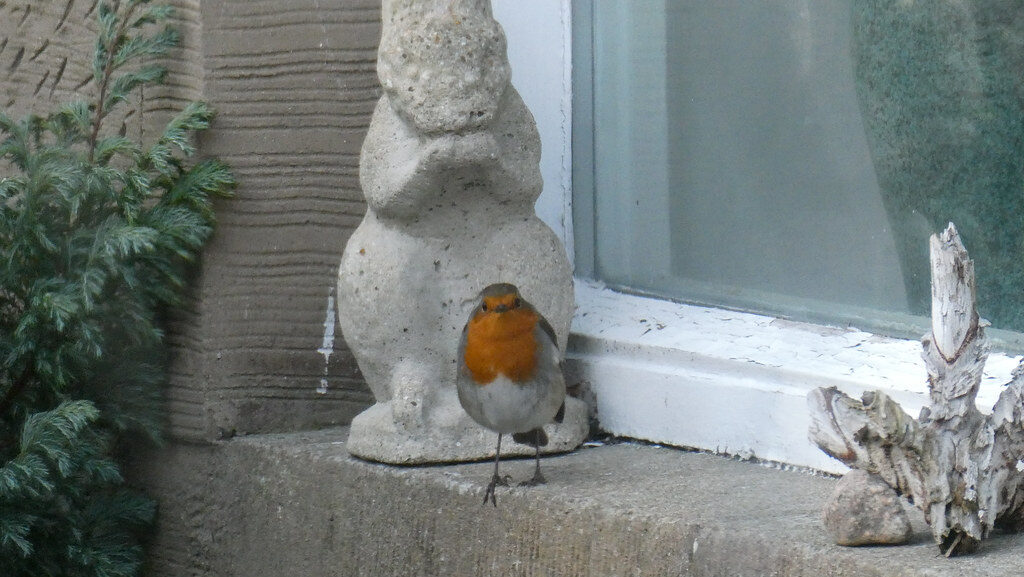
Birds’ interactions with reflections reveal much about their cognitive processes, instinctual behaviors, and the way they perceive their world. What appears to us as a simple misunderstanding – a bird unable to recognize itself – actually represents a complex interplay of territorial instincts, mating drives, and perceptual limitations. By understanding why birds become fixated on reflections, we can take steps to protect them from unnecessary stress, injury, and wasted energy. Whether it’s applying window treatments to prevent wild birds from attacking glass, or carefully considering the use of mirrors for pet birds, our awareness of this behavior allows us to create more bird-friendly environments. The next time you observe a bird engaged with its reflection, you’ll recognize not a simple confusion, but a window into the fascinating cognitive world of these remarkable creatures.
